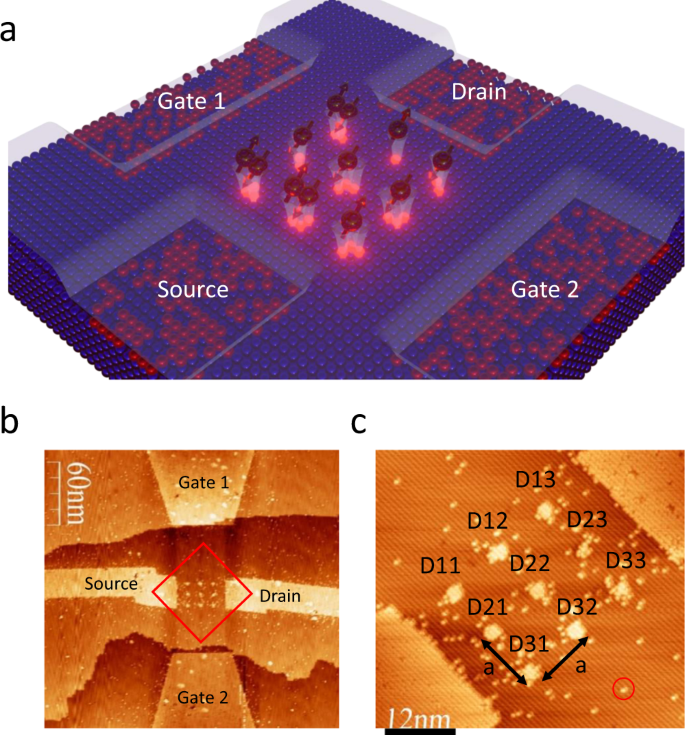科学者たちは、Advanced Photon Sourceを使用して、非生体物質が学習に関連する行動を模倣するのを観察し、より優れた人工知能への道を切り開きました。 Scientists used the Advanced Photon Source to watch a nonliving material mimic behavior associated with learning, paving the way for better artificial intelligence.
2022-11-17 アルゴンヌ国立研究所(ANL)
最初の反応である「慣れ」は、物質がわずかな衝撃に「慣れる」ことで起こります。科学者たちは、最初の衝撃の後、材料の抵抗が増加するものの、すぐに電気刺激に慣れることに気づいた。
この材料が示すもう一つの反応、感作性は、より大きな電気量を投与したときに起こります。 より大きな刺激を与えると、材料の反応は時間とともに弱まるのではなく、大きくなっていく。
この2つの挙動は、古典物理学では記述できない電子間の量子的相互作用によって制御されており、物質内の相転移の基礎を形成するのに役立っている。
この2つの挙動は、古典物理学では記述できない電子間の量子的相互作用によって制御されており、物質内の相転移の基礎を形成するのに役立っている。
電気信号で完全に制御できるシステムを持つことは、脳にヒントを得たコンピューティング用途に不可欠である。
<関連情報>
- https://www.anl.gov/article/shock-to-the-system-using-electricity-to-find-materials-that-can-learn
- https://onlinelibrary.wiley.com/doi/10.1002/aisy.202200069
酸化ニッケルの全電気的非結合性学習 All-Electric Nonassociative Learning in Nickel Oxide
Sandip Mondal,Zhen Zhang,A. N. M. Nafiul Islam,Robert Andrawis,Sampath Gamage,Neda Alsadat Aghamiri,Qi Wang,Hua Zhou,Fanny Rodolakis,Richard Tran,Jasleen Kaur,Chi Chen,Shyue Ping Ong,Abhronil Sengupta,Yohannes Abate,Kaushik Roy,Shriram Ramanathan
Advanced Intelligent Systems Published: 19 September 2022
DOI:https://doi.org/10.1002/aisy.202200069

Abstract
Habituation and sensitization represent nonassociative learning mechanisms in both non-neural and neural organisms. They are essential for a range of functions from survival to adaptation in dynamic environments. Design of hardware for neuroinspired computing strives to emulate such features driven by electric bias and can also be incorporated into neural network algorithms. Herein, cellular-like learning in oxygen-deficient NiOx devices is demonstrated. Both habituation learning and sensitization response can be achieved in a single device by simply controlling the magnitude of the electric field. Spontaneous memory relaxations and dynamic redistribution of oxygen vacancies under electric bias enable such learning behavior of NiOx under sequential training. These characteristics in simple device arrays are implemented to learn alphabets as well as demonstrate simulated algorithmic use cases in digit recognition. Transition metal oxides with carefully prepared defect concentrations can be highly sensitive to electronic structure perturbations under moderate electrical stimulus and serve as building blocks for next-generation neuroinspired computing hardware.



